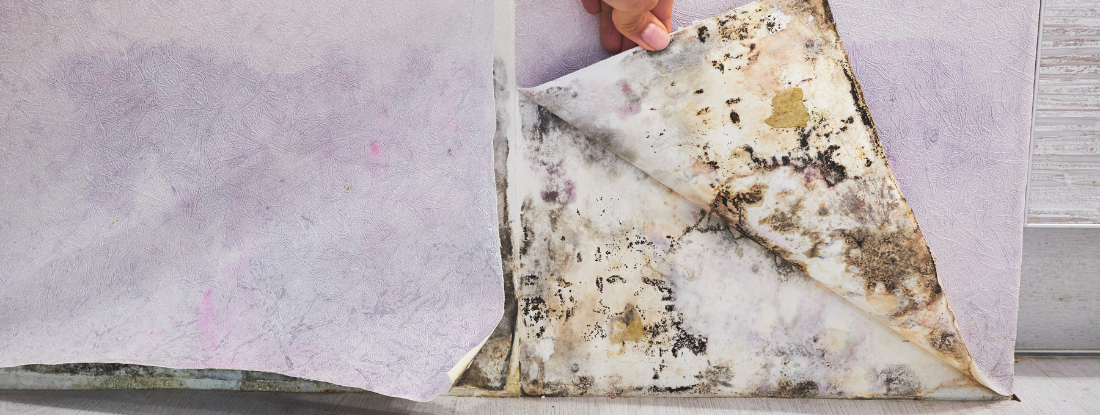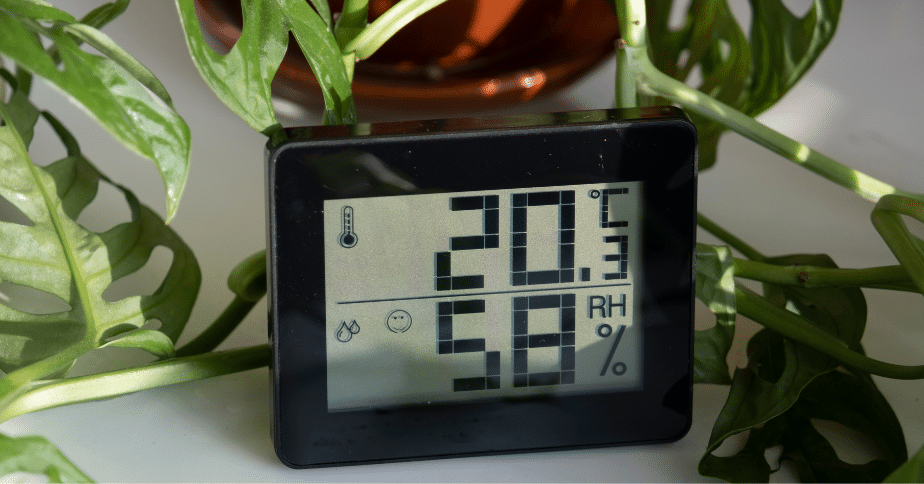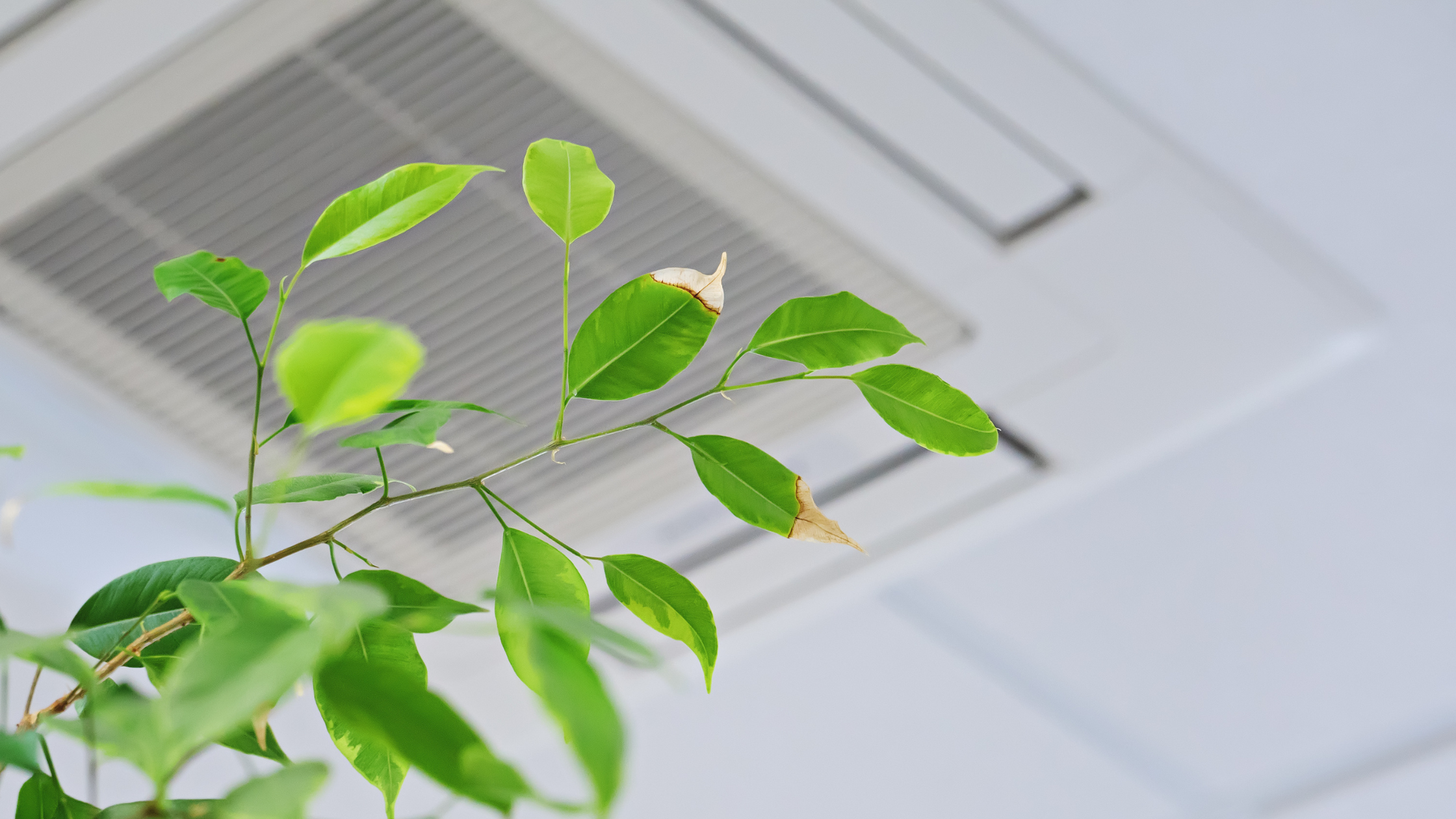Black Mold Symptoms

what is black mold?
Black mold, a species of toxic mold, is a type of fungus that thrives off of moisture-rich areas. Black mold can appear slimy, and often show up as darkly colored, speckled discolorations. There can be a distinctive smell with a musty odor, which is sometimes the first clue of a black mold contamination. If left neglected, black mold can threaten the health of people and pets alike, as black mold species can produce vast amounts of mycotoxins. Mycotoxins are toxic substances produced by fungus released into the air, and when these mycotoxins are ingested or inhaled, symptoms will develop.
what causes black mold to grow?
Black mold requires specific ideal conditions in order to grow and thrive in your home. Initially, mold spores must be present in your home. Black mold also requires a food source (such as wood or drywall), darkness, warmth, oxygen, and moisture. When the conditions align, black mold can grow within 24-48 hours. Other contributing factors can cause black mold to develop, such as leaking pipes and roofs, floods, and poor ventilation which leaves pockets of trapped moisture-rich air. Black mold does not always require warmth, as it can develop when condensation collects on cold pipes or concrete.
symptoms of toxic black mold
The symptoms of toxic black mold vary greatly depending on the duration of the exposure and the species of the mold. Toxic black mold is highly dangerous. Immunocompromised individuals such as babies, pregnant women, and the elderly may have intensified symptoms. Exposure to toxic black mold can affect several body systems including the nervous system, respiratory system, circulatory system, immune system, reproductive system, and the muscular system.
The mycotoxins produced by black mold are neurotoxins, which lead to varying neurological symptoms. Feelings of brain fog, dizziness, mood swings, hallucinations, anxiety, depression, seizures, and numbness are just a few of the nervous system effects. The mycotoxins can also cause eye inflammation and vision problems. People who breathe in toxic black mold and mold spores experience breathing problems (wheezing, coughing, nasal congestion) and more severe issues such as breathlessness, and swelling or bleeding of the lungs. The circulatory system is easily susceptible, as toxic black mold can be inhaled and ingested, or absorbed through skin. Once the black mold enters a person’s body, it travels through the blood. This can lead to inflammation and irregular heartbeats, blood clotting issues, and hemorrhaging.
The chemicals in toxic black mold suppress the immune system. If a pregnant woman is exposed to toxic black mold, she can suffer a miscarriage or experience fetal development issues, as the black mold can cause cell mutations. The muscular system can be attacked with aches, pains, and chronic fatigue. A person can also experience rashes, severe itchiness, and hair loss. Toxic black mold is hazardous to the entire body, internally and externally.
professional help
If you see or suspect black mold in your home, it is best to call a professional to assess the contamination and properly remove it. There is a specific protocol to follow for safely removing the black mold from your home, and the licensed professionals at Air Quality Assessors are trained and experienced. We have high-tech, up-to-date equipment to help us perform a thorough inspection of your home. Our guaranteed service helps protect you and your family.



